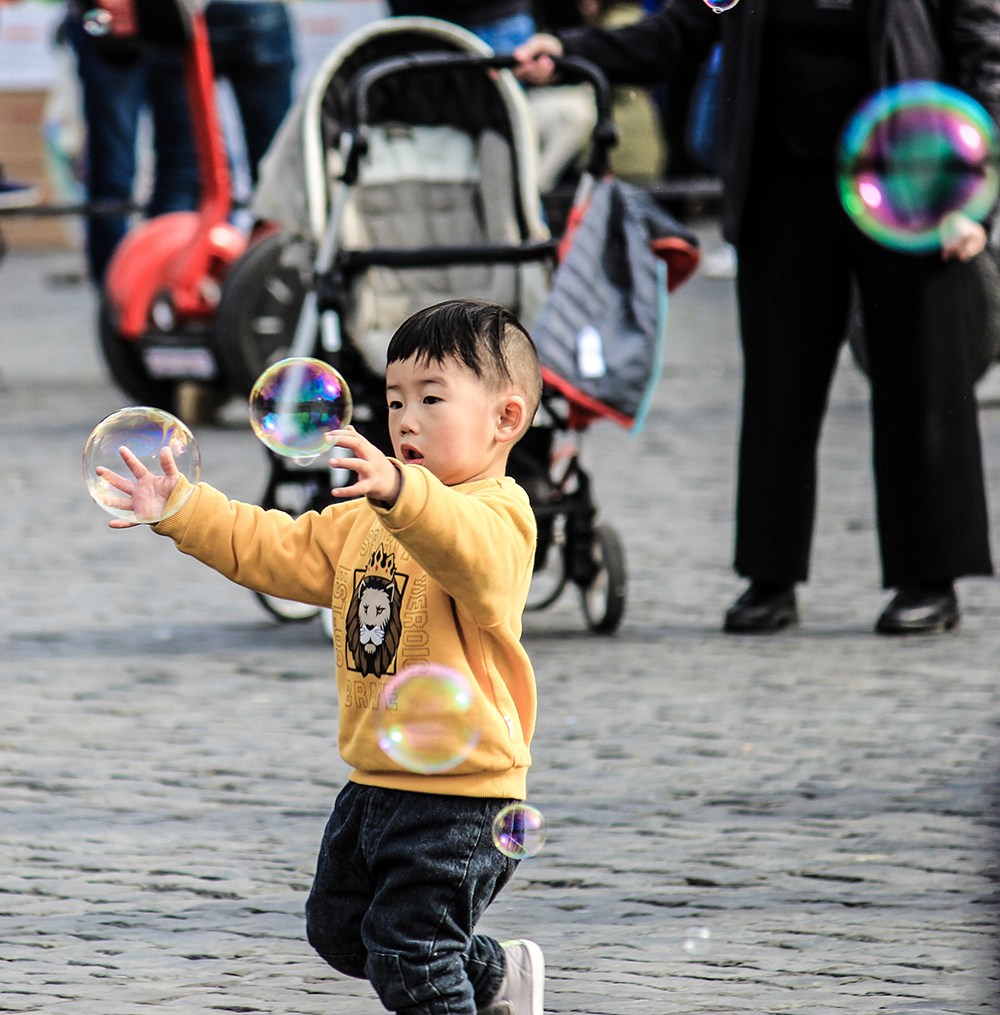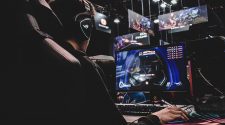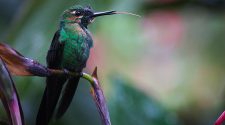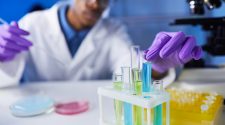Soap bubbles accommodated a secure method of artificial pollination of a
pear orchard by transferring pollen grains to designated flowers. This
illustrated that such an unusual approach could efficaciously pollinate
targeted flowers to bear fruits. This research, conducted at the Japan
Advanced Institute of Science and Technology in Nomi, Japan, issued on
17 June on journal iScience, suggested that soap bubbles are a less
technical accessory to facilitate robotic pollination technology, which was
developed to adjunct the role of bees in pollination.
The senior writer Elijio Miyoko, an associate professor at the School of Material Sciences at Japan Advanced Institute of Sciences and Technology, shared his observations. He discussed how it might seem surreal and somewhat absurd. Still, the pollination conducted in the presence
of operational soap bubbles is just as adequate as the traditional method of hand pollination. The fruit produced through both the methods bore uncanny resemblance and were the same in aspects of quality and taste. He also mentioned how functional soap bubbles are more beneficial
in comparison with other conventional and remote pollination methods.
They have new prospects and unmatched characteristics, like the potent and convenient delivery of pollen grains to the designated flowers. They have high flexibility and can abstain from harming the flower in any
way.
Miyako, along with his fellow workers, published research before this in the journal “Chem”. In this experiment, they employed a small toy drone to conduct the pollination process manually and fertilize flowers and stimulate fluorescence. The drone, despite its short length (2 cm), kept
on damaging the flower no matter how carefully the researchers performed pollination. Miyako always searched for an optimal way to conduct artificial pollination that did not destroy the flower in the process. An occurrence inadvertently inspired him with his son; he and his son were
blowing bubbles in the park, and one of the bubbles ruptured when it collided with his son’s face. It did not cause any injury, and this motivated him to come up with an idea.












